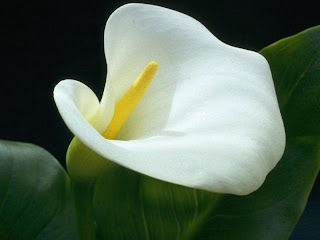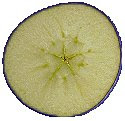
In the early 1200’s, an Italian mathematician Leonardo of Pisa (nicknamed Fibonacci) discovered the famous Fibonacci sequence. This sequence falls under the Mathematical domain of number theory and its most famous problem concerned rabbits. The problem read:
Start with a single pair of rabbits. Any pair of rabbits of one generation will produce a pair for the next generation, and then another pair of rabbits for the generation after that. But then they will die. How many rabbits will be produced in the nth generation?
The answer to this well-known problem is the famed Fibonacci sequence: 1, 1, 2, 3, 5, 8, 13, 21…to get each subsequent term, add the sum of the two numbers that precede it. For example, 1+1=2= the third term in the sequence.
A fascinating extension to this sequence is that the Fibonacci numbers turn up in many areas of nature, as will be later discussed. Also, this sequence can be directly related to the Golden Ratio (1+√5/2 ) which results in the Golden Number Phi (1.618033988749…).
An amazing finding concerning the sequence is that the ratio of two consecutive Fibonacci numbers approaches the golden ratio or the golden number Phi. For example:
f(5)=5, f(4)=3
5/3 = 1.6666…
Start with a single pair of rabbits. Any pair of rabbits of one generation will produce a pair for the next generation, and then another pair of rabbits for the generation after that. But then they will die. How many rabbits will be produced in the nth generation?
The answer to this well-known problem is the famed Fibonacci sequence: 1, 1, 2, 3, 5, 8, 13, 21…to get each subsequent term, add the sum of the two numbers that precede it. For example, 1+1=2= the third term in the sequence.
A fascinating extension to this sequence is that the Fibonacci numbers turn up in many areas of nature, as will be later discussed. Also, this sequence can be directly related to the Golden Ratio (1+√5/2 ) which results in the Golden Number Phi (1.618033988749…).
An amazing finding concerning the sequence is that the ratio of two consecutive Fibonacci numbers approaches the golden ratio or the golden number Phi. For example:
f(5)=5, f(4)=3
5/3 = 1.6666…
f(6)=8, f(5)=5
8/5=1.6
f(7)=13, f(6)=8
13/8=1.625
The values become closer and closer to the golden number as the sequence continues, which is a fascinating discovery.
The values become closer and closer to the golden number as the sequence continues, which is a fascinating discovery.
It is also worthwhile to take note of the fact that if you multiply any term in the series by the value of the golden ratio, the answer that results will be close to the next number in the series. For example, 5 x 1.618=8.090. if higher numbers in the series are multiplied by the golden ratio, the result becomes closer and closers to the next number in the series.
Other than his great mathematical discoveries, there is very little known about Fibonacci’s personal life. However, these discoveries have made a tremendous impact on the mathematical world.
Resources:
Other than his great mathematical discoveries, there is very little known about Fibonacci’s personal life. However, these discoveries have made a tremendous impact on the mathematical world.
Resources:
http://www.lifeinitaly.com/heroes-villans/fibonacci.asp
http://www.mcs.surrey.ac.uk/Personal/R.Knott/Fibonacci/fibnat.html#golden
http://www.mcs.surrey.ac.uk/Personal/R.Knott/Fibonacci/fibnat.html#golden
Mandl, M. (1984). Unusual Mathematical Puzzles, Tricks and Oddities. New Jersey: Prentice-Hall, Inc.

























